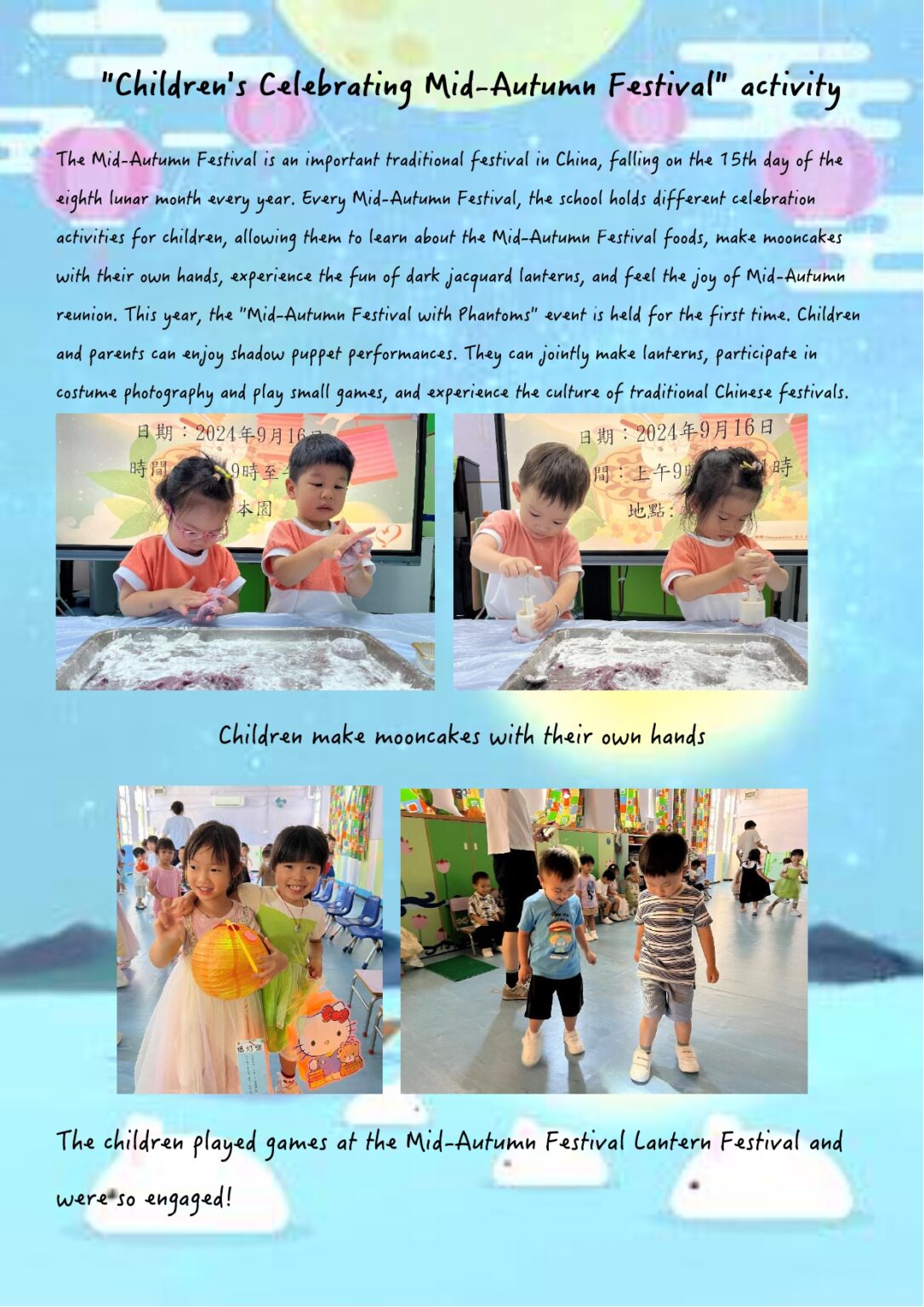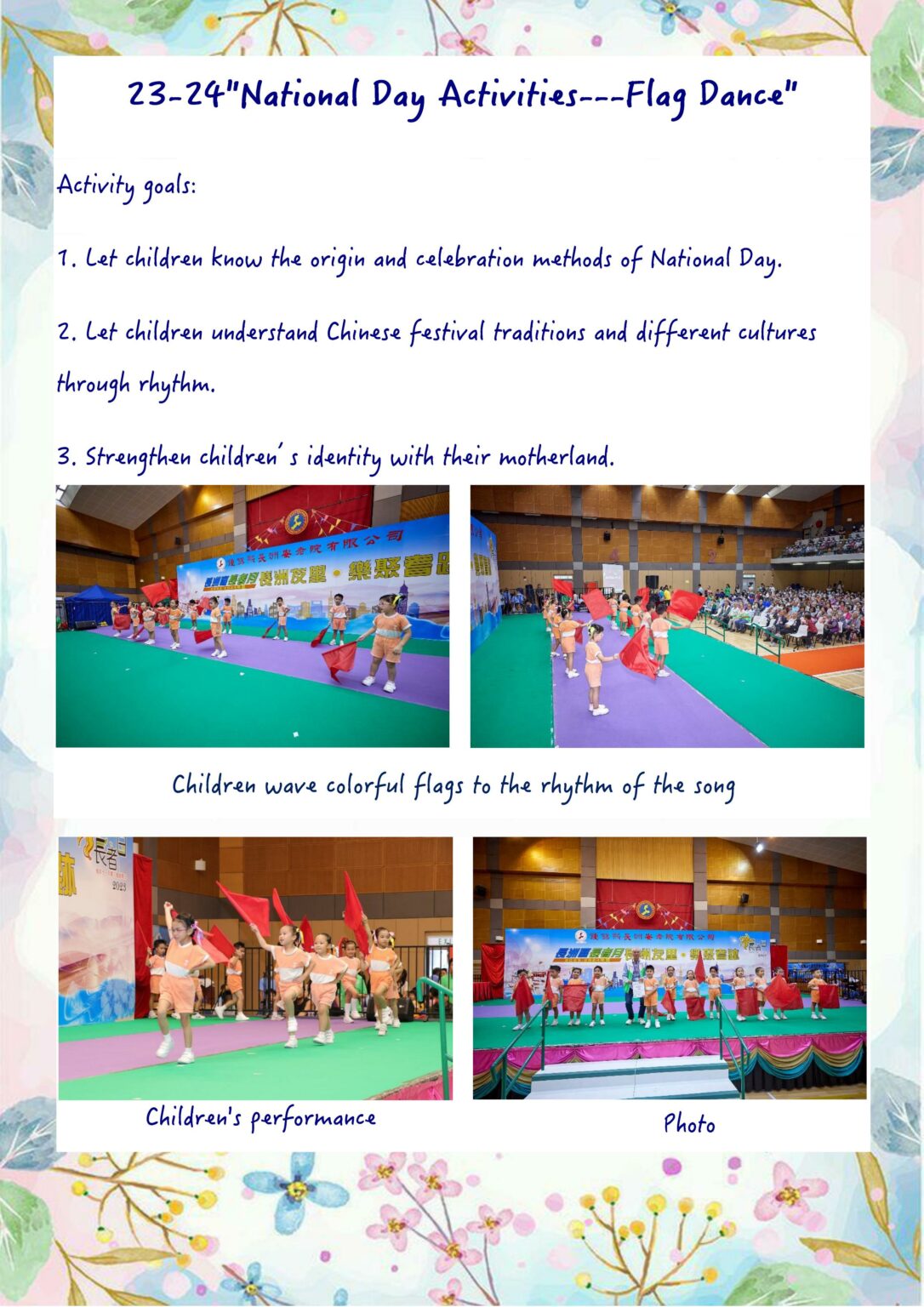Outdoor Experiential Activites
Teachers lead children out of school and organize more experiential learning activities outside the classroom and activities related to children’s life experiences, allowing children to broaden their horizons. They can develop an attitude of caring for nature, allowing children to learn through the senses and direct experience.
K1-K3 visit Cheung Chau Police Station
1. Let children understand the police station and the work of the police.
2. Deepen children’s work on police enforcement.
3. Learn to be grateful to those who serve us.


K3 Outdoor house tour activity
1. Let children understand the characteristics of houses and different buildings.
2. Let children learn the different uses of houses and different buildings.
3. Let children learn the different constructions of community.













